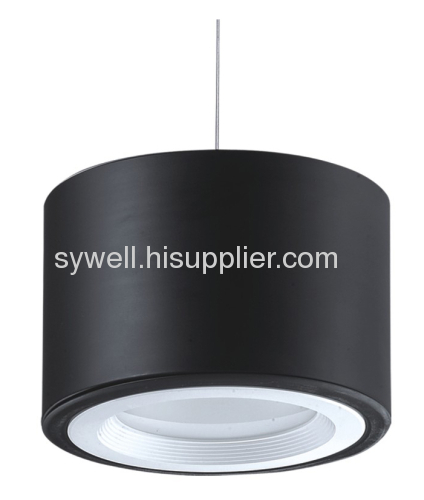
- LOW ENERGY NEUROFEEDBACK SYSTEM LENS WARE II PORTABLE
- LOW ENERGY NEUROFEEDBACK SYSTEM LENS WARE II BLUETOOTH
LOW ENERGY NEUROFEEDBACK SYSTEM LENS WARE II PORTABLE
This data acquisition module (DAM) operates in two modes: Holter and on-line transmission.ĭesign of portable electrocardiogram device using DSO138Ībuzairi, Tomy Matondang, Josef Stevanus Purnamaningsih, Retno Wigajatri Basari, Ratnasari, AnitaĬardiovascular disease has been one of the leading causes of sudden cardiac deaths in many countries, covering Indonesia.
LOW ENERGY NEUROFEEDBACK SYSTEM LENS WARE II BLUETOOTH
Acquired data can be stored in a flash memory card in FAT16 format for later recovery, or transmitted via Bluetooth or USB to a local station or AP. The device can acquire, store and/or transmit ECG signals to computer-based platforms or specially configured access points (AP) with Intranet/Internet capabilities in order to reach remote monitoring stations. Lucani, Daniel Cataldo, Giancarlos Cruz, Julio Villegas, Guillermo Wong, SaraĪ prototype of a portable ECG-monitoring device has been developed for clinical and non-clinical environments as part of a telemedicine system to provide remote and continuous surveillance of patients. Our proposed portable ECG device provides captured ECG data and suspected waveform toĪ portable ECG monitoring device with Bluetooth and Holter capabilities for telemedicine applications. Current home care and telemedicine systems have a separate device and diagnostic service system, which results in additional time and cost. Experimental results for detection of heart disease showed that the device classified AFib and ischemia with a sensitivity of 95.1% and a specificity of 95.9%.

Because of reduced computational complexity, the ARM processor was able to process up to a thousand samples per second, and this allowed real-time acquisition and diagnosis of heart disease. The performance of this device was also verified by comparing the processed ECG data with high-quality ECG data from a public cardiac database. A portable ECG device was implemented, and successfully acquired and processed ECG signals. The classifier then categorized the ECG data into normal beats, AFib, and myocardial ischemia. A classifier for cardiac disease was constructed based on features extracted from a training dataset using support vector machines. With the ECG data, we detected QRS complexes based on wavelet analysis and feature extraction for morphological shape and regularity using an ARM processor. The analog front-end was minimized to reduce the size of the device and power consumption by implementing some of its functions with digital filters realized in software. A noisy ECG signal was preprocessed by an analog front-end consisting of analog filters and amplifiers before it was converted into digital data. We developed a portable device using this architecture, which allows real-time electrocardiogram ( ECG) signal acquisition and analysis for cardiac diseases. In this study, a compact and effective architecture for detecting atrial fibrillation (AFib) and myocardial ischemia is proposed.

Therefore, detecting the symptoms of cardiac disease as early as possible is important for increasing the patient's survival. Jeon, Taegyun Kim, Byoungho Jeon, Moongu Lee, Byung-GeunĬardiac disease is one of the main causes of catastrophic mortality. Implementation of a portable device for real-time ECG signal analysis.


 0 kommentar(er)
0 kommentar(er)
